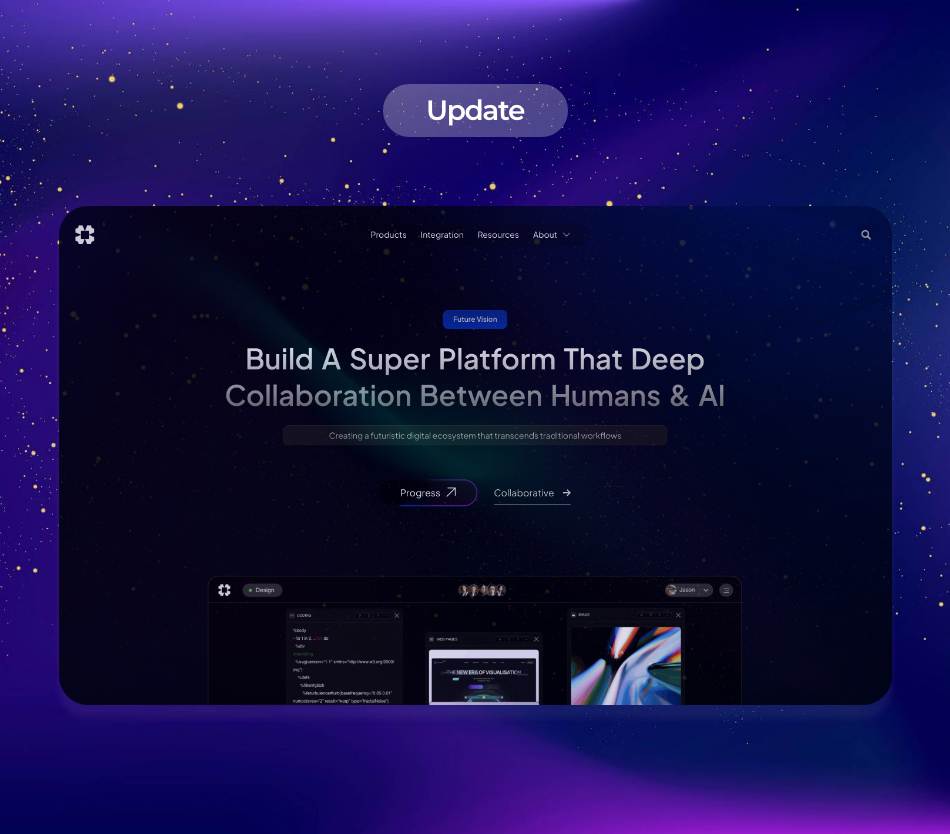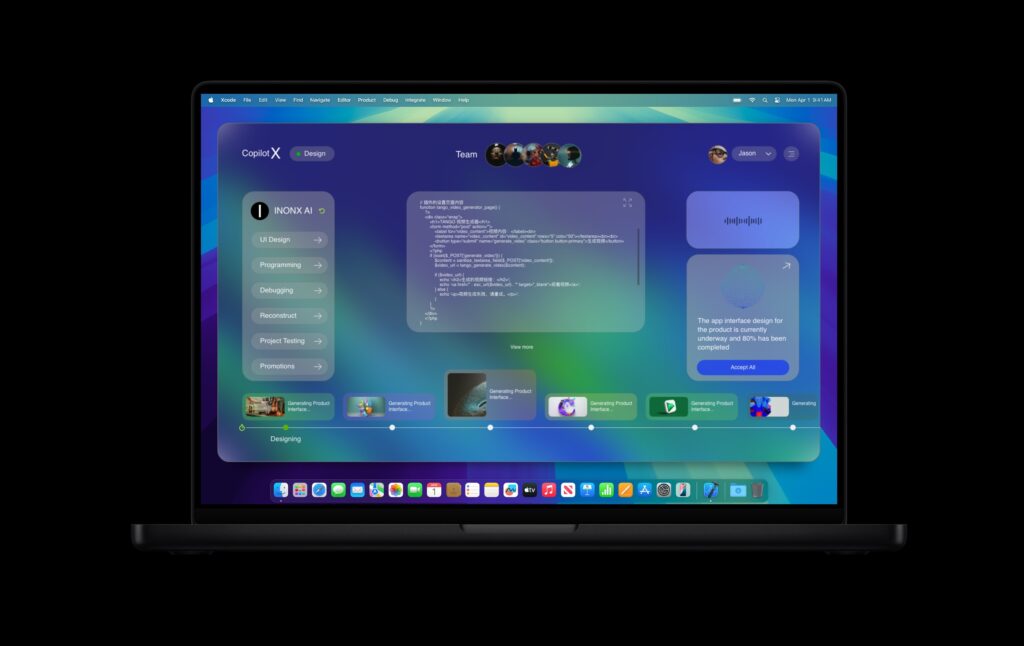The field of Artificial Intelligence (AI) continues to evolve at an unprecedented pace, with groundbreaking innovations emerging across various domains. From enhanced Learning Management Systems (LMS) to the application of Simultaneous Localization and Mapping (SLAM) in robotics, and the growing importance of Prompt Explainability, the latest advancements promise to redefine how we interact with technology. This article provides an in-depth exploration of these developments, their implications, and future directions.
.
**Advancements in Learning Management Systems (LMS)**
In recent years, Learning Management Systems have undergone significant transformations thanks to AI integration. These platforms are not only facilitating online education but also personalizing learning experiences. New AI-driven LMS tools utilize algorithms that adapt content according to individual learning styles and paces, creating a more engaging and effective learning environment.
.
For instance, platforms such as Canvas and Moodle have implemented machine learning algorithms that analyze student performance data. These insights allow instructors to tailor their teaching methods and provide timely feedback, ultimately enhancing student engagement and outcomes. According to a report by ResearchAndMarkets, the global LMS market is expected to reach USD 37.9 billion by 2026, growing at a CAGR of 20% due to the rise of AI technologies.
.
Moreover, AI-powered analytics can identify at-risk students early in the learning process. By tracking metrics like engagement levels and assignment completion rates, these systems notify educators when intervention might be necessary. This early warning system ensures that students receive the support they need to succeed, thus boosting retention rates and overall educational effectiveness.
.
**The Role of Simultaneous Localization and Mapping (SLAM) in Robotics**
Simultaneous Localization and Mapping (SLAM) is another fascinating area where AI is making significant headway. SLAM allows autonomous vehicles and robots to navigate unknown environments by building a map while simultaneously tracking their location within that space. This technology is crucial for applications ranging from self-driving cars to robotic vacuum cleaners and drones.
.
Recent advancements in SLAM algorithms, bolstered by machine learning, have dramatically improved the accuracy and efficiency of mapping and localization. Researchers at MIT and Stanford have developed new deep learning-based SLAM methods that utilize neural networks to interpret 3D environments better and reduce uncertainty in localization. These methods rely on vast datasets coupled with powerful computing capabilities to enhance performance in dynamic and complex environments.
.
A noteworthy development in this field comes from the integration of SLAM with augmented reality (AR) applications. Companies such as Niantic, known for its Pokémon GO game, are leveraging this technology to create more immersive AR experiences. By accurately mapping physical spaces in real time, SLAM enables users to interact with digital content seamlessly, opening up new avenues in entertainment, education, and beyond.
.
In logistics and warehouse management, SLAM is transforming how companies operate. In a recent case, Amazon has utilized SLAM algorithms in its robots to optimize item retrieval and delivery. These robots create dynamic maps of their surroundings to navigate efficiently, minimizing downtime and improving operational efficacy.
.
**Prompt Explainability: Bridging the Gap Between AI and Human Understanding**
As AI systems become increasingly complex, the need for Prompt Explainability has gained attention. Prompt Explainability refers to the ability of AI-driven models to provide understandable and interpretable responses for their outputs. This concept is especially important in areas where AI decisions can significantly impact human lives, such as healthcare, finance, and law enforcement.
.
Current AI models, particularly large language models (LLMs), often operate as “black boxes,” meaning their decision-making processes are not easily understood by users. This lack of transparency can lead to mistrust and reluctance to adopt AI solutions. For instance, when an AI suggests a medical treatment, stakeholders need to understand how the recommendation was derived to feel confident in its validity.
.
Recent developments in research have led to efforts that enhance explainability in AI systems. Techniques such as attention mechanisms and model distillation are being explored to shed light on how AI systems arrive at their conclusions. By visualizing the weightings of different components within the model or simplifying complex models into more interpretable forms, researchers aim to make AI more accessible and trustworthy.
.
Several organizations are now prioritizing explainability in their AI strategies. Notably, the Partnership on AI, a consortium that includes major tech companies like Google and Microsoft, has established guidelines for developing explainable AI systems. These guidelines stress the importance of transparency, accountability, and user engagement in fostering trust in AI technologies.
.
One exciting development in this sphere is the introduction of interactive AI systems designed to explain their reasoning in real time. For example, some models can provide users with verbal explanations alongside their output, allowing for a more conversational interaction. These developments could prove beneficial in enhancing user experience in various applications, including customer service and education.
.
**Conclusion: The Future of AI in Education, Robotics, and Beyond**
The continuous advancements in Learning Management Systems, the innovative applications of Simultaneous Localization and Mapping, and the emphasis on Prompt Explainability indicate a promising future for AI. As technologies evolve, they are not only enhancing efficiency and user experience but also ensuring that users understand and trust AI systems.
.
Educational institutions are embracing AI-enhanced LMS platforms to provide personalized, data-driven learning experiences that cater to individual needs. At the same time, the application of SLAM technology is revolutionizing the field of robotics, making it easier for machines to understand and navigate their environment efficiently.
.
Moreover, as the demand for transparency in AI increases, innovations in Prompt Explainability demonstrate a commitment to bridging the gap between AI systems and human users. Through these developments, we are moving toward an era where AI not only empowers us but also collaborates with us, becoming an integrative part of our lives.
.
As we advance into the future, it is essential to maintain a focus on the ethical implications of AI, ensuring that these powerful tools are designed to enhance, rather than undermine, human values. By doing so, we can harness the full potential of AI to create a better, more intelligent world.
.
**Sources:**
– ResearchAndMarkets. (2023). “Global Learning Management Systems Market Analysis & Forecast.”
– MIT and Stanford Research. (2023). “Deep Learning-Based SLAM Methods.”
– Niantic, Inc. (2023). “Augmented Reality and SLAM Technology.”
– Partnership on AI. (2023). “Guidelines for Explainable AI.”


























